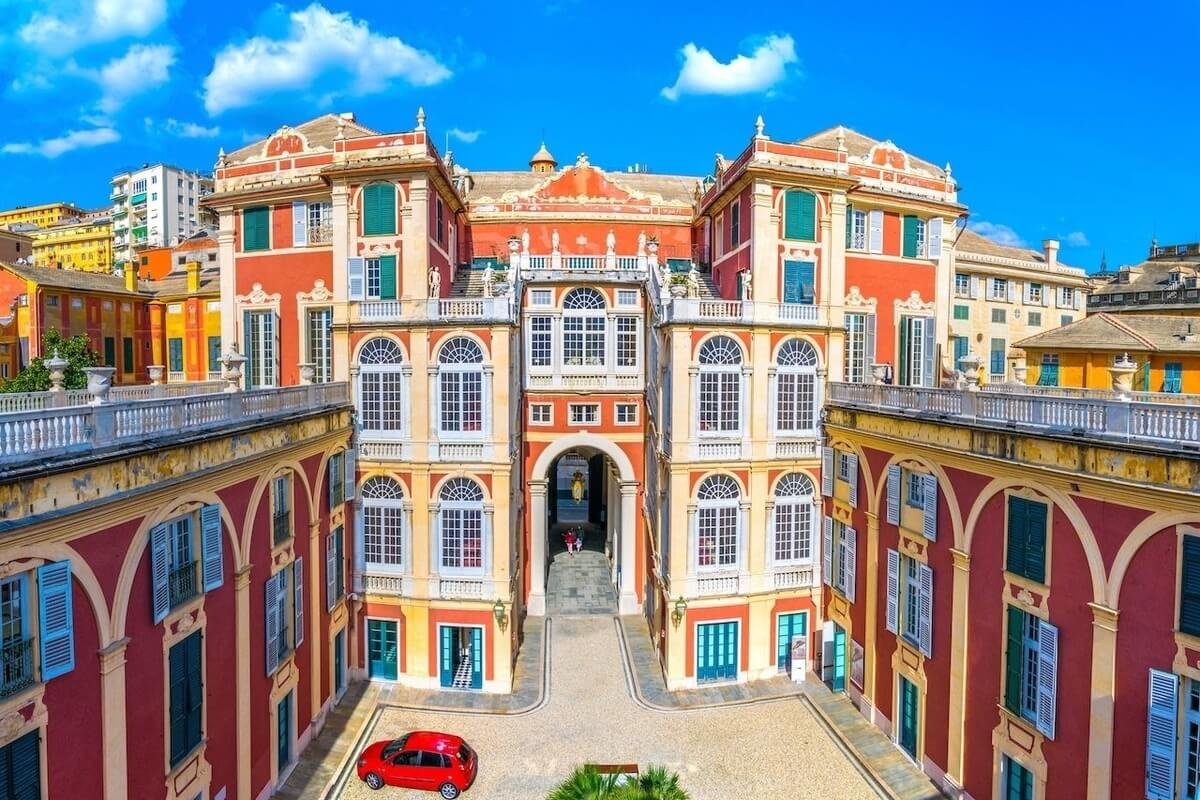CULTURAL SITES
Explore the fantastic culture of Liguria




-

Gallery of Mirrors
At the National Museums of Genoa, you can admire the Gallery of Mirrors. When Maddalena Doria renovated the decorative layout of the palace in 1734, she wanted to make the gallery the culminating moment of the representative path of the noble floor, transforming the room into a small "Galerie des Glaces”. Among the paintings on display in the room, there are works by the best Genoese artists of the seventeenth century, along with masterpieces by Anton Van Dyck, Tintoretto, Guercino, Luca Giordano, Ferdinando Voet. The Hall of Mirrors was used by the former owners of the Genoese residence as a venue for exceptional banquets when there were guests such as sovereigns and ambassadors.
-

San Matteo Abbey
Martino Doria dedicated the church of 1125 to San Matteo, then rebuilt in Gothic style with the typical black and white of the façade. Subsequently, Andrea Doria ordered a restyling of the interiors, with frescoes by Cambiaso and Bergamasco and a copy of Michelangelo's Pietà by Montorsoli. It is precisely in this square that you can understand the evolution of Genoa from the Middle Ages to the Renaissance, the porticoes of Palazzo Lamba Doria of the thirteenth century. The Gothic arches are still visible from the portico, the Renaissance overdoors, and the sixteenth-century palace of Andrea Doria.
-

Balbi Palace
Located on the street of the same name, is the seat of the departments of the humanities faculties of the University of Genoa. You have to visit it to admire one of the most important examples of Genoese Baroque, the cycles of frescoes signed by Valerio Castello, Domenico Piola, and Gregorio De Ferrari.
-

Ducale Palace
Palazzo Ducale, which houses important art exhibitions on the main floor, also the National Gallery of Palazzo Spinola. Here you can admire Ecce Homo by Antonello da Messina and Portrait of Ansaldo Pallavicino by Antoon van Dyck as well as the first noble floor, which retains the appearance of a Genoese aristocratic residence of the first half of the 600s.
